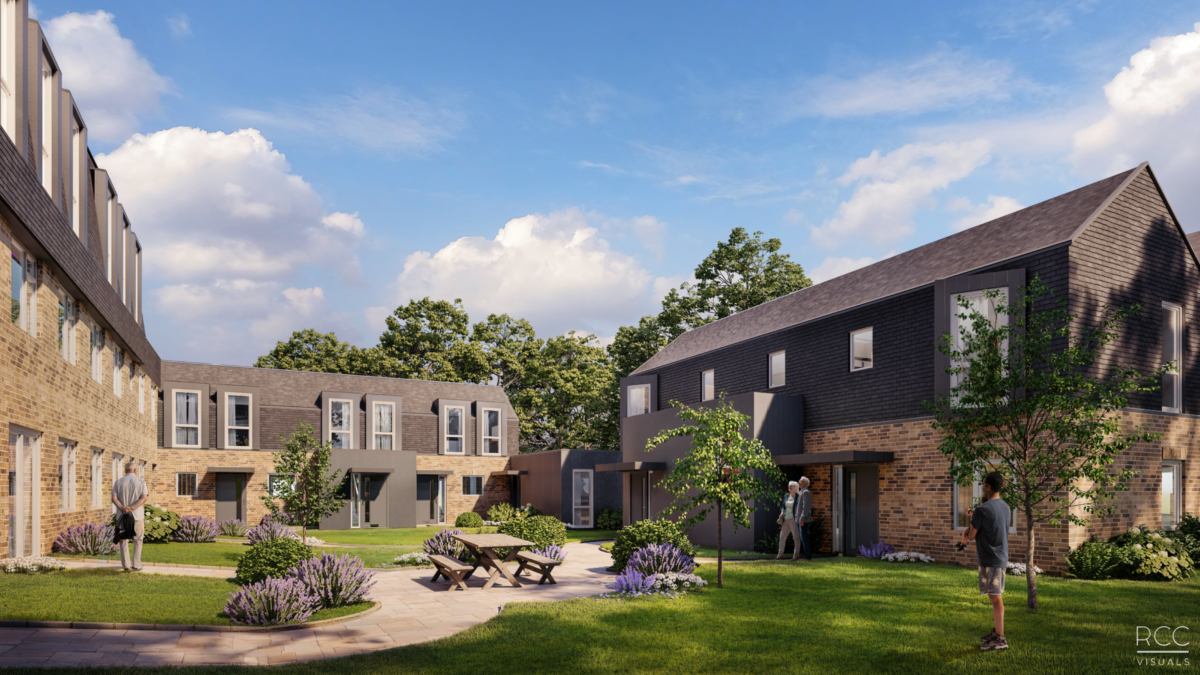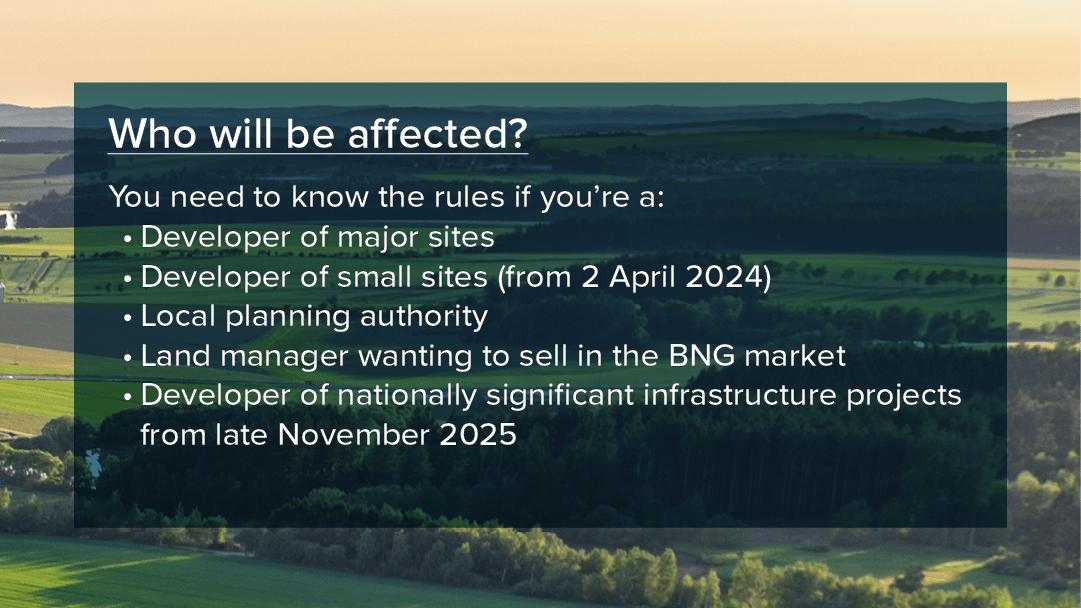How Biodiversity Net Gain could be leveraged for public realm enhancement
Given the recent spate of high-profile financial pressures on our already maligned local authorities, it is difficult to recall a time when tougher decisions were having to be made on exactly where local government budgets were getting spent. The most recent budget for Birmingham City Council brings these considerations into stark focus and when even critical front-line services are being cut, our much-neglected parks and public spaces will be in for further reductions in investment.
Biodiversity Net Gain (BNG) is a requirement for developers to enhance the natural environment and ensure a net increase in biodiversity is realised as part of development proposals. This commitment seeks to minimise the ecological impact on development projects and emphasises leaving the environment in a better condition than before.
Changes to the Town and Planning Act 1990 through the Environment Act 2021 now make it a legal requirement for most planning permissions to include a standard condition focusing on Biodiversity Net Gain.
This means developers must submit an approved plan for increasing biodiversity before starting a project, with the associated habitat creation or enhancement needing to be maintained for 30 years. As of 12 February 2024, new applications for planning permission on major developments that do not fall into the list of confirmed exemptions are required to deliver net gains for biodiversity.
Meanwhile, minor development sites (residential sites with less than 10 dwellings on sites less than one hectare or non-residential sites where the floor space to be created is under 1,000 square metres or where the site is less than one hectare) will be subject to the same requirements from 2 April 2024. BNG then extends to cover Nationally Significant Infrastructure Projects (NSIPs) in late 2025.
As we emerge into this new development context, a supporting market of tradeable BNG credits is emerging, for utilisation development sites where it is not practical or possible to directly accommodate the net uplift need on site. The transformational impact of this policy has not yet been fully realised, but it has the opportunity to redress the tilted balance against nature that has been waged as a consequence of our developed economy for decades.
More exciting still, is the opportunity to further enhance the impact of BNG through partnering with local authorities and other custodians of accessible public places and spaces. Residentially focused development in the UK has a mixed-bag track record of delivering engaging public realm and green spaces as part of development. You can walk, (or more likely drive) through any suburban residential development completed over the last 40 years and find ill-considered, mismanaged, or unplanned incidental areas of ‘public open space’ which do nothing for their communities. By virtue of circumstance, lots of these were conveyed to the local authority to ‘manage’ in perpetuity; this can typically be evidenced by incidental and indiscriminate periods of grass cutting.
The resulting legacy of this S.L.O.A.P (Space Left Over After Planning) land is a maintenance burden to local authorities and underwhelming to residents and nature. Given the muddled lack of consideration at the design stage, these incidental areas of open space feel unsafe, are not overlooked and lack clarity of use. These areas are typically mono-species grassland, that could be construed as areas of communal play, but with ball games and fun often prohibited by signage and matters of neighbourly consideration, the areas often function as dumping grounds. What we have here, then, is an untapped resource, a golden opportunity for the benefits of development to be interspersed with the site’s immediate context, realising very apparent public realm enhancements that could be developed at no additional cost to the local authority. Were these areas reimagined, they could greatly boost the look and feel of areas with no prospect of realising this change without BNG. Through careful and considered interventions, these areas of neglected managed grasslands could be enhanced to provide biodiversity net gain as well as restore a sense of pride and purpose in these areas. It could lead to a less intensive duty holder management regime, especially concerning grass cutting and add clarity to these muddled legacy areas of land through clarification of purpose.
This is just one example of the many yet-to-be-realised positive impacts of this change. Fostering a policy agenda that realises symbiotic benefits for all parties is no mean feat and I for one am excited to see where else this could go.
Written by: Johnathan Headland, Urban Design Director








